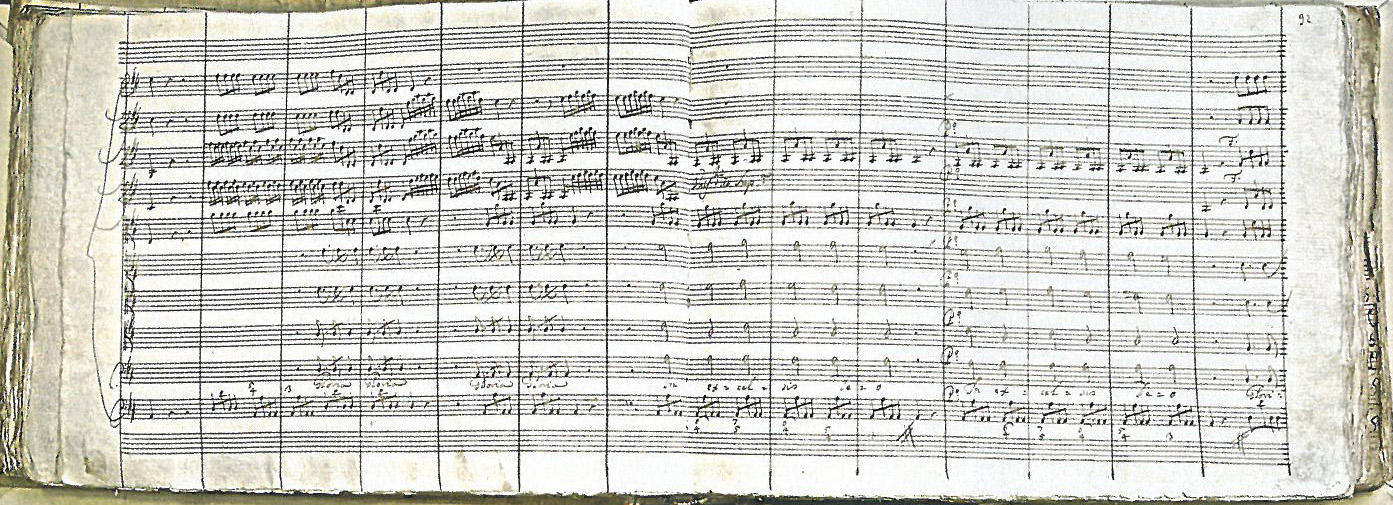

It is a sacred motet (composition of religious character) composed in 1735 on the basis of an anonymous Latin text.

It tells the story of Aristea, a Greek princess trophy of the winner of the Olympic Games, intended by Megacles and Lycidas. Vivaldi’s version premiered in Venice at the Teatro di Sant’Angelo on February 17, 1734. L’Olimpiade is a dramma per musica in three acts whose libretto was originally written by Pietro Metastasio for an opera of the same name by Antonio Caldara premiered in 1733. It is based on the original poem by Jacobo da Todi from the 13th century relating Mary’s lament at the feet of Jesus crucified. It is a sacred work commissioned for the feast of the patron saint of the church of Santa Maria della Pace in Brescia in 1712. Composed in three movements Allegro, largo y alegro 6. Practically nothing is known about this concert but its beauty has made it very famous. Concert for 2 trumpets and orchestra RV 537 This operatic drama in three acts tells the story of Lycidas, Megacle and Argene and the love stories between them that occur in the celebration of an Olympic Games in classical antiquity. Vivaldi put him to music in 1734 to be represented in the theater Sant’Angelo. It is a musical drama by the author with libretto by Pietro Metastasio that he originally wrote for Antonio Candara. Their usual form has three movements, although in some cases they have four or even five movements. they can play more than one instrument as soloists. Sometimes these concerts are double, triple or quadruple, i.e. Johann Sebastian Bach himself would make transcriptions of some of these concerts. It is a collection of 12 concerts for violin and orchestra written in 1711. It lasts approximately 30 minutes and is divided into twelve movements. It is divided into recitatives (texts sung with harpsichord accompaniment) and arias (solo songs with orchestra accompaniment). It is one of the most famous sacred works of the Venetian composer, composed as an opera, but without scenic representation. 8, RV 293, “L’autunno” (Autumn)Ĭoncerto No.


 0 kommentar(er)
0 kommentar(er)
